The emergence of Generative Artificial Intelligence (GenAI) is both shaping the future of innovation management and revolutionizing it. This handbook delves into the groundbreaking research presented in Generative Artificial Intelligence in Innovation Management: A Preview of Future Research Developments by Marcello Mariani and Yogesh K. Dwivedi (2024). It's a seminal work that offers a comprehensive overview of GenAI's transformative potential in this field. We will explore the current state of knowledge, future research directions, and the profound ways in which this emerging technology is poised to reshape the innovation landscape, from ideation to commercialization. The Generative AI Handbook – How GenAI is Impacting Business and Innovation create by Md Jewel Hossain (Developerjewelbd)
What Can GenAI Do?

GenAI, a subset of artificial intelligence, is revolutionizing industries by enabling the creation of novel content, ideas, and solutions. Its impact is already evident across diverse sectors. In media, organizations like Forbes and The New York Times are leveraging GenAI to automate content creation, with Gartner predicting that by 2025, a third of advertising messages from large organizations will be synthetically generated (Wiles, 2023).
GenAI is also driving advancements in other fields. In the healthcare sector, it is being used to accelerate drug discovery and personalize treatment plans. For instance, researchers at Stanford University are using GenAI to design novel antibodies that can combat deadly diseases (Bajaj, 2023). In the financial sector, GenAI is aiding in fraud detection and risk management, identifying patterns in data that human analysts might miss.
The capabilities of GenAI are vast and continue to evolve rapidly. It can:
- Generate realistic images, videos, and audio: Think of sophisticated photo and video editing software, but powered by AI.
- Compose different forms of text: From articles and poems to scripts and code, GenAI can produce content across genres.
- Design new products and services: Imagine a process where AI helps brainstorm, refine, and prototype innovative concepts.
- Optimize processes and workflows: Automate tasks, identify inefficiencies, and even suggest new ways of operating.
This handbook explores the potential of GenAI to drive innovation and how it is changing the way companies operate. We will delve into various applications, ethical considerations, and the future of innovation in a GenAI-driven world. The emergence of Generative Artificial Intelligence (GenAI) is both shaping the future of innovation management and revolutionizing it. This handbook delves The Generative AI Handbook – How GenAI is Impacting Business and Innovation create by Md Jewel Hossain (Developerjewelbd)
Here's What We'll Cover The Generative AI Handbook:

Chapter 1: GenAI and Innovation Types
Chapter 2: GenAI, Dominant Designs, and Technology Evolution
Chapter 3: Scientific and Artistic Creativity and GenAI-Enabled Innovations
Chapter 4: GenAI and New Product Development
Chapter 5: GenAI, Agency, and Ecosystems
Chapter 6: Ethical Use of GenAI
Chapter 7: Organizational Design and Boundaries for GenAI-Enabled Innovation
Conclusion
About the Author
How Can You Dive Deeper?
Chapter 1: GenAI and Innovation Types
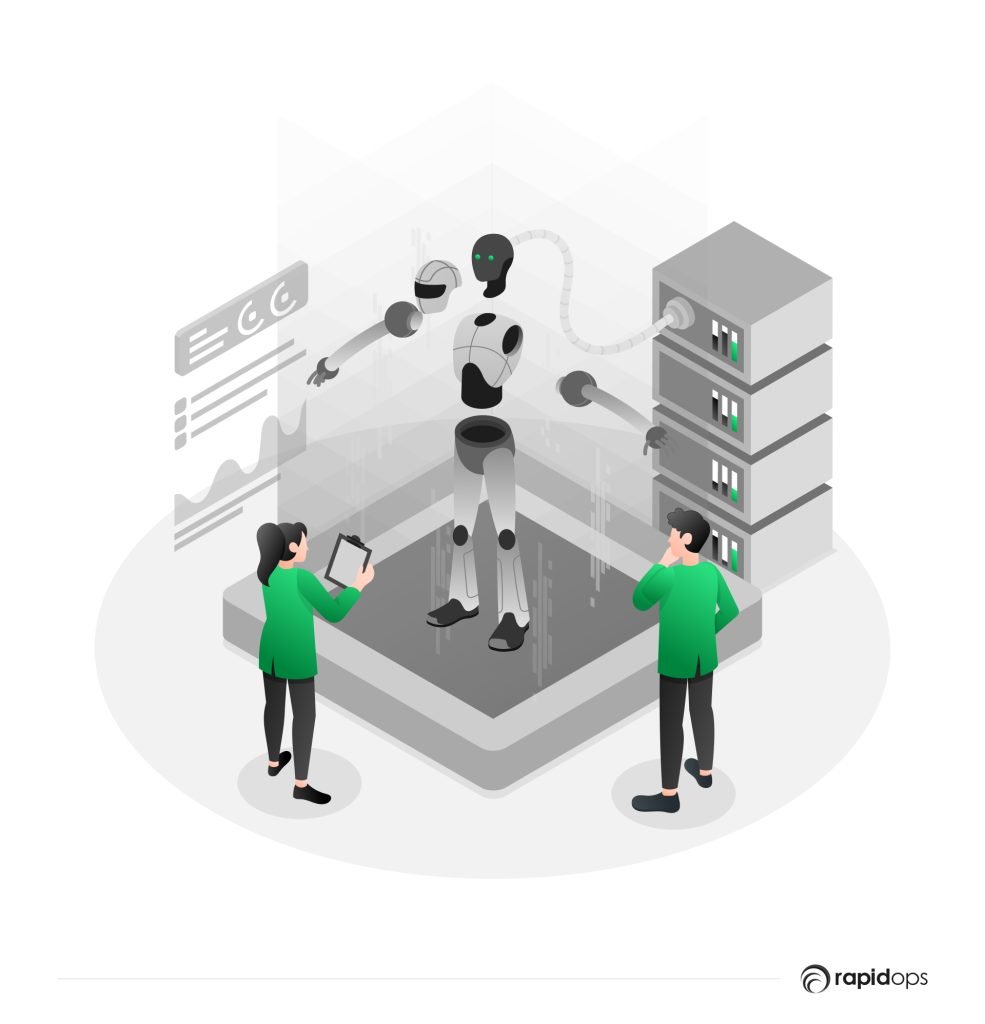
GenAI is transforming the nature of innovation, impacting both the types of innovations being developed and the processes used to achieve them. This chapter delves into the various types of innovation that are being driven by GenAI.
Product Innovation
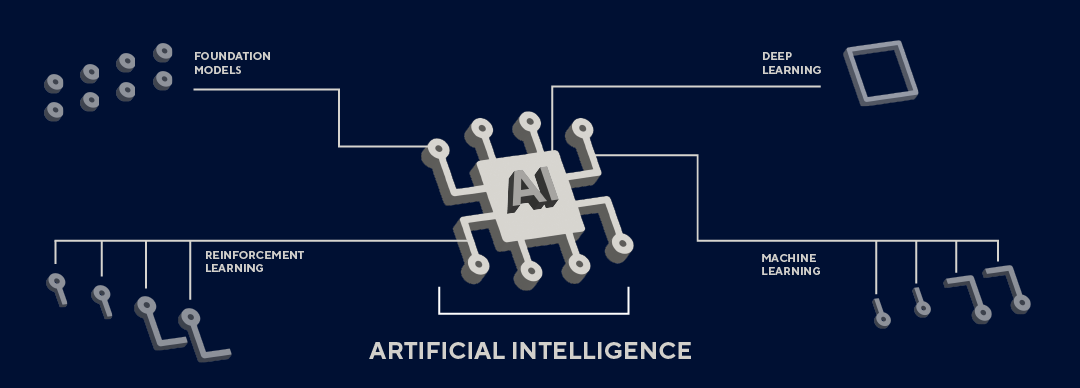
Product innovation refers to the creation of entirely new products or significant improvements to existing ones. GenAI is playing a crucial role in this realm by:
- Enhancing Design and Prototyping: GenAI can generate 3D models and simulations of products, allowing for faster and more cost-effective prototyping.
- Accelerating Material Discovery: By analyzing vast datasets of material properties, GenAI can help researchers discover new materials with desired functionalities, potentially leading to breakthroughs in fields like advanced materials and renewable energy.
For instance, a pharmaceutical company might leverage GenAI to design novel drug molecules, significantly speeding up the drug discovery process. In the fashion industry, GenAI can aid in creating innovative designs and predicting trends based on data analysis and consumer preferences. The Generative AI Handbook – How GenAI is Impacting Business and Innovation create by Md Jewel Hossain (Developerjewelbd)
Process Innovation
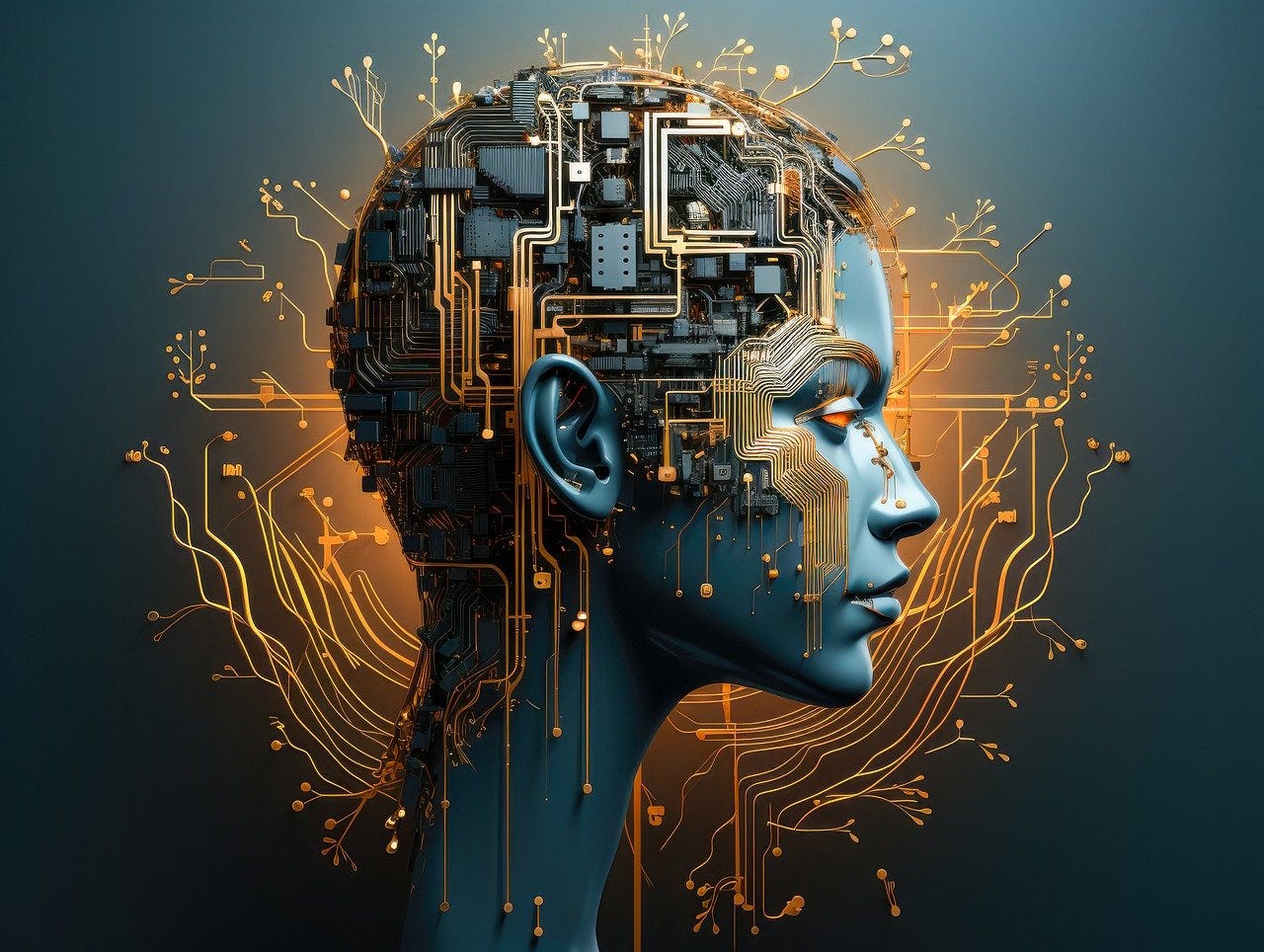
Process innovation focuses on improving existing processes or creating new ones to produce goods or services better, faster, or cheaper. GenAI is enabling process innovation by:
- Automating Repetitive Tasks: GenAI can automate manual, time-consuming tasks, freeing up human employees to focus on more strategic initiatives.
- Optimizing Supply Chains: By analyzing data from multiple sources, GenAI can identify bottlenecks and optimize supply chain logistics, improving efficiency and reducing costs.
Consider a manufacturing company employing GenAI to optimize its production lines, reducing downtime and improving resource utilization. Another example is a logistics company employing GenAI for route optimization, leading to faster delivery times and fewer resources consumed.
Marketing Innovation

Marketing innovation focuses on creating new ways to reach and engage with customers. GenAI is contributing to marketing innovation by:
- Personalizing Marketing Messages: GenAI enables personalized marketing based on individual customer behavior and preferences.
- Generating Content: GenAI can create various marketing materials, such as digital ads, blog posts, and social media content, reducing the reliance on human writers.
Think of a company leveraging GenAI to create personalized email campaigns that resonate more effectively with specific customer segments. Another example is a company using GenAI to generate compelling ad copy that captures attention and drives engagement.
Organizational Innovation
Organizational innovation involves changing the way an organization operates, including its structure, processes, and culture. GenAI is influencing organizational innovation by:
- Enabling New Business Models: GenAI can create new business models based on data analysis and customer insights. For instance, a company might develop a subscription service powered by GenAI that personalizes content or services.
- Fostering Collaboration: GenAI can facilitate collaboration between teams and individuals by providing a platform for sharing ideas, knowledge, and insights.
Imagine a company using GenAI to develop a platform where employees can share their creative ideas, which are then processed and analyzed by the AI to identify promising innovations.
Radical and Incremental Innovation
GenAI can drive both radical and incremental innovation:
Radical innovation: Leads to entirely new products, services, or processes that fundamentally change the market.
Incremental innovation: Involves making improvements to existing products, services, or processes.
For instance, a company might use GenAI to develop a completely new type of medicine based on artificial intelligence-generated molecules. This would be a radical innovation. However, the same company might also use GenAI to optimize the production process of its existing drugs, which would be an incremental innovation.
Chapter 2: GenAI, Dominant Designs, and Technology Evolution

Understanding how GenAI fits into the broader landscape of technological evolution is crucial for predicting its impact. This chapter examines the theoretical framework of dominant designs, how GenAI is currently shaping this landscape, and the implications for future technology development.
Theoretical Frameworks and Dominant Designs
The concept of dominant designs was first proposed by economists to explain the evolution of industries. A dominant design emerges when a particular product or process becomes widely accepted as the standard, often displacing competitors.
- Key Characteristics of Dominant Designs:
- Widely accepted and adopted by the market.
- Offers a balance between functionality and cost.
- Helps reduce ambiguity and uncertainty.
The emergence of a dominant design typically leads to a period of rapid innovation and growth, followed by a period of consolidation.
GenAI's Potential Impact:
GenAI could potentially accelerate the emergence of dominant designs by enabling the development of more efficient and reliable solutions. It also creates the potential for new dominant designs to emerge in various industries.
Current State of GenAI and Emerging Trends
GenAI is rapidly evolving, with new models and capabilities emerging continually. Here are some current trends:
- Increased Availability and Accessibility: Pre-trained GenAI models are readily available, making it easier for businesses to adopt and experiment with the technology.
- Integration with Other Technologies: GenAI is being integrated with other technologies like blockchain, cloud computing, and the Internet of Things (IoT), creating new possibilities for innovation.
- Emphasis on Ethical Considerations: Increasing emphasis on ethical considerations in GenAI development, including issues of bias, fairness, and data privacy.
Implications for Technology Evolution
GenAI's potential impact on technology evolution is significant:
- Faster Innovation Cycles: GenAI can accelerate the pace of innovation by enabling faster prototyping, experimentation, and development of new products and services.
- Shift in R&D Focus: The focus of research and development may shift towards utilizing and improving GenAI capabilities rather than solely relying on traditional methods.
- New Opportunities for Collaboration: GenAI can facilitate collaboration across disciplines and industries, leading to more interdisciplinary innovation.
Real-World Examples of GenAI in Action
Here are some real-world examples that demonstrate the transformative power of GenAI:
1. Healthcare Sector:
- GenAI is being used to identify potential drug targets and accelerate drug discovery. Companies like Recursion Pharmaceuticals are using AI to analyze massive datasets of cell images and predict the effectiveness of different drugs.
- The potential for personalization in medicine is significant. GenAI can analyze a patient's medical history, genetic information, and lifestyle to create personalized treatment plans, leading to more effective and targeted therapies.
2. Military Sector:
- GenAI is being used to develop autonomous weapons systems and improve military logistics.
- The use of GenAI in the military raises significant ethical and legal considerations, as it could potentially impact the nature of warfare and the role of humans in conflict.
3. Rapid Response:
- GenAI is being used to develop systems that can quickly respond to emergencies and crises. For example, Google's DeepMind has developed a system that can predict the spread of infectious diseases in real-time.
- The development of GenAI-powered systems for rapid response could revolutionize emergency management and save lives in the future.
4. Cybersecurity:
- GenAI can be used to detect and prevent cyberattacks.
- GenAI-powered cybersecurity systems can analyze network traffic, identify anomalies, and predict potential attacks.
Future Research Directions
The field of GenAI is still in its early stages, and much research is needed to fully unleash its potential and address its challenges. Some key future research directions include:
- Developing More Robust and Explainable Models: Focus on making GenAI models more reliable, accurate, and interpretable.
- Addressing Ethical and Social Issues: Research on ethical principles for using GenAI and developing safeguards to mitigate potential risks.
- Exploring the Intersection of GenAI and Other Technologies: Investigate the potential of integrating GenAI with other emerging technologies, such as blockchain, cloud computing, and the Internet of Things.
Chapter 3: Scientific and Artistic Creativity and GenAI-Enabled Innovations
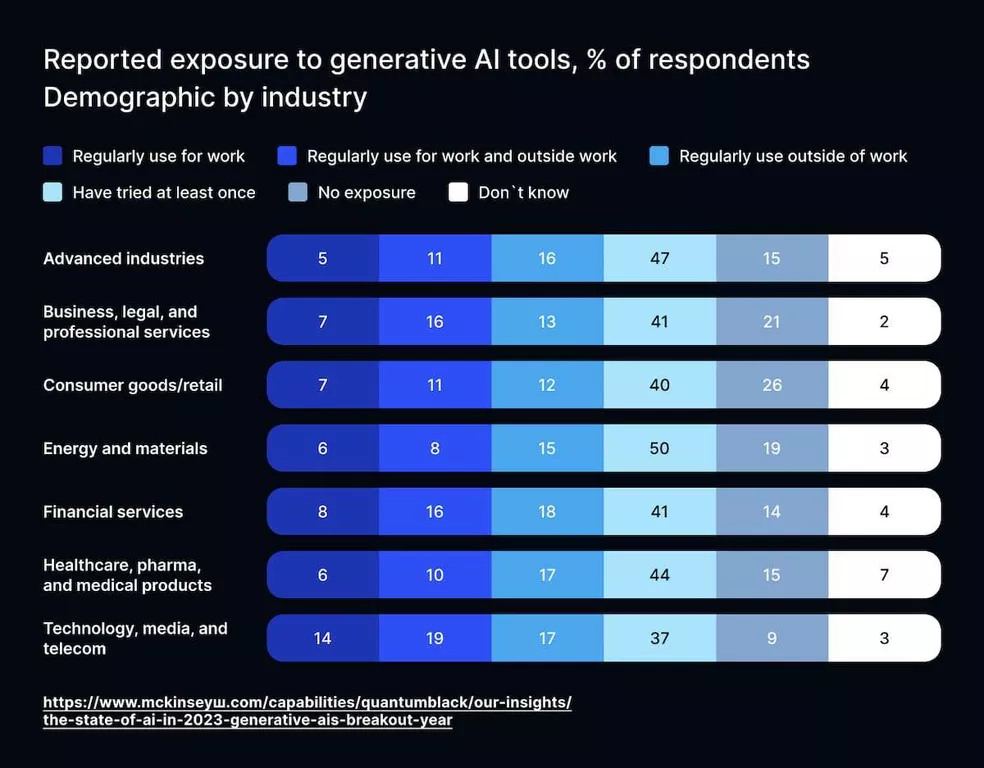
GenAI is not just about automating tasks; it's also about amplifying human creativity and innovation. This chapter explores how GenAI can enhance scientific and artistic creativity, leading to new discoveries and expressions.
Theoretical Frameworks and Creativity
Creativity involves generating new ideas and solutions that are both novel and useful.
- Cognitive Processes Involving Creativity:
- Divergent thinking: Generating multiple ideas and solutions.
- Convergent thinking: Focusing on the best ideas from divergent thinking.
GenAI can contribute to both divergent and convergent thinking by providing new perspectives, ideas, and insights.
Scientific Creativity
GenAI can assist in scientific creativity by:
1. Accelerating Scientific Discovery:
- Generating Hypotheses and Research Directions: GenAI can analyze vast datasets of scientific research and identify patterns and trends, suggesting new hypotheses for scientists to explore.
- Designing Experiments: GenAI can help design experiments that are more efficient and effective, maximizing the probability of producing meaningful results.
- Analyzing Data and Interpreting Results: GenAI can analyze complex datasets and identify relationships that might not be apparent to human researchers, leading to new insights and discoveries.
2. Examples of GenAI in Science:
- Drug Discovery: GenAI can analyze the structures of proteins and identify potential drug targets, accelerating drug development.
- Materials Science: GenAI can predict the properties of new materials and identify potential applications.
Artistic Creativity
GenAI is revolutionizing art by:
1. New Forms of Artistic Expression:
- Generating Original Artworks: GenAI can create original paintings, sculptures, music, poetry, and other artistic forms, pushing the boundaries of traditional art forms.
- Collaborating with Artists: Artists are experimenting with using GenAI as a tool to collaborate with, generating ideas and creating new forms of art.
2. Examples of GenAI in Art:
- Music Composition: GenAI can compose original music pieces in various styles.
- Visual Arts: GenAI can generate stunning images and artwork, blurring the line between human and machine-generated creations.
Real-World Examples
Here are examples of how GenAI is impacting innovation in different sectors:
1. Pharmaceutical Industry:
- Targeted drug discovery: Companies are using GenAI to design novel drugs that target specific proteins or pathways involved in diseases. AI algorithms can analyze large datasets of molecules and predict their therapeutic potential.
2. Media and Entertainment:
- Personalized content creation: Streaming platforms use AI to suggest personalized content and recommendations, keeping users engaged and entertained.
- Game development: GenAI is used to generate realistic environments, characters, and storylines in video games, making the gaming experience more immersive.
3. Financial Sector:
- Investment strategies: AI algorithms can analyze market data and identify investment opportunities based on complex patterns and trends.
- Fraud detection: GenAI can detect fraudulent transactions and identify suspicious activity, reducing financial risk.
4. Automotive Industry:
- Autonomous vehicles: GenAI is used to power the self-driving capabilities of autonomous vehicles, allowing them to navigate complex environments.
- Vehicle design: GenAI can design innovative car models, optimizing aerodynamics and energy efficiency.
5. Coding and Programming:
- Code generation: GenAI can generate code for different programming languages, accelerating software development.
- Software debugging: GenAI can identify and fix errors in code, improving the quality and reliability of software.
Chapter 4: GenAI and New Product Development
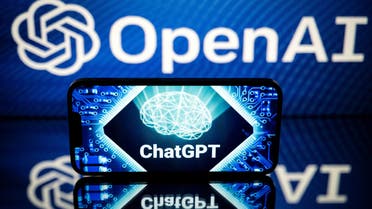
New product development (NPD) is a crucial function for organizations seeking to remain competitive. This chapter explores how GenAI can enhance the NPD process, from ideation to commercialization.
Theoretical Frameworks and New Product Development
NPD is a complex process involving several stages:
- Ideation: Generating new product ideas.
- Concept development: Evaluating and refining product concepts.
- Design and development: Designing and developing the product.
- Testing and prototyping: Testing and refining the product.
- Launch and commercialization: Launching and marketing the product.
GenAI can significantly impact every stage of the NPD process.
Enhancing Idea Generation and Creativity
GenAI can help organizations generate more innovative product ideas by:
- Analyzing customer data: AI can analyze customer feedback, purchase history, and online behavior to identify unmet needs and opportunities for new products.
- Brainstorming and concept generation: GenAI can generate novel product concepts by combining different ideas and perspectives.
Chapter 5: GenAI, Agency, and Ecosystems

This chapter delves into the concept of agency in the context of innovation ecosystems and examines how GenAI is transforming the way actors interact and collaborate.
Distributed Agency in Innovation Ecosystems
Innovation ecosystems are networks of organizations and individuals that collaborate to create and share value. GenAI can contribute to distributed agency within innovation ecosystems by:
- Facilitating Collaboration: GenAI can connect individuals and organizations with complementary skills and resources, fostering collaboration and knowledge sharing.
- Empowering Individuals: GenAI can provide individuals with tools and resources to contribute to innovation, regardless of their formal position or expertise.
Theoretical Underpinnings
Several theoretical frameworks can be used to understand the impact of GenAI on agency and innovation ecosystems:
- Network theory: Network theory can help analyze the structure and dynamics of innovation ecosystems, understanding how GenAI impacts relationships and interactions between actors.
- Complexity theory: Complexity theory can help understand the emergence of new ideas and breakthroughs in complex systems like innovation ecosystems.
Practical Implications and Real-World Examples
- Open Innovation Platforms: GenAI-powered platforms can facilitate open innovation, allowing organizations and individuals to share ideas, collaborate on projects, and develop new products and services.
- Crowdsourcing and Distributed Innovation: GenAI can power crowdsourcing platforms, enabling organizations to tap into the collective intelligence of a large group of individuals to solve challenges or develop new products.
Challenges and Future Directions
- Ensuring ethical use of GenAI: It's important to develop ethical guidelines and safeguards to ensure that GenAI is used responsibly and equitably.
- Addressing the potential for job displacement: It's crucial to develop strategies for managing the potential impacts of GenAI on the workforce.
Chapter 6: Ethical Use of GenAI
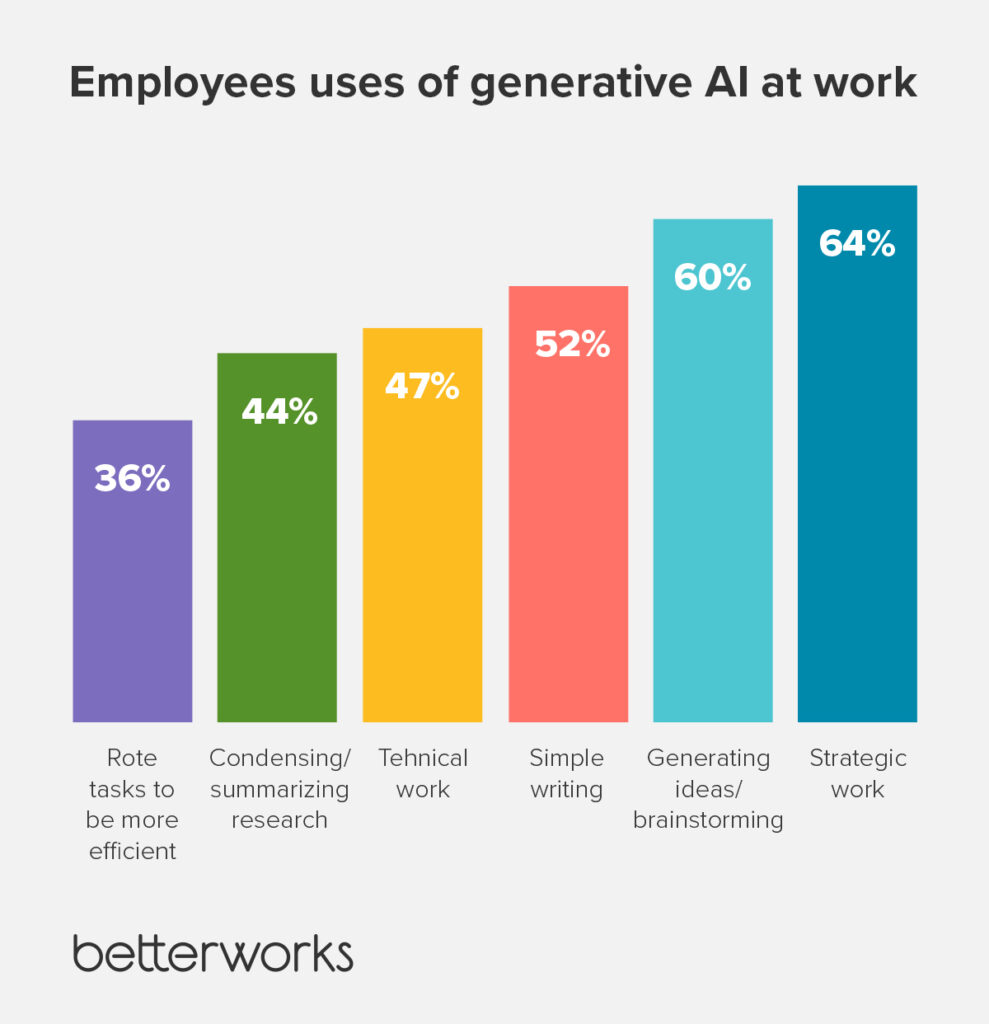
As GenAI becomes increasingly powerful, it's essential to consider its ethical implications. This chapter examines the ethical considerations surrounding GenAI usage and provides a framework for making ethical decisions.
What is Ethics?
Ethics relates to moral principles that guide our behavior and decision-making.
Principles for Ethical Decision-Making
- Beneficence: Using GenAI to benefit humanity and prevent harm.
- Non-maleficence: Avoiding the use of GenAI to cause harm or suffering.
- Justice: Ensuring that the benefits and risks of GenAI are distributed fairly.
- Autonomy: Respecting the right of individuals to make their own choices.
- Transparency and accountability: Being transparent about the use of GenAI and being accountable for its impacts.
How Do We Use GenAI Ethically?
- Avoiding bias and discrimination: Ensuring that GenAI models are not biased against certain groups of people.
- Protecting privacy: Ensuring that personal information is not misused or exploited.
- Transparency and explainability: Making AI decisions understandable and accountable.
Is it ethical to use GenAI for coding?
This depends on the specific context and the way it is used.
- Potentially ethical: GenAI can help accelerate coding by automating tasks, reducing errors, and improving the quality of code. This can benefit software development and make technology more accessible.
- Potentially unethical: If GenAI coding tools are used to create malicious software or to automate tasks that could lead to job displacement without providing adequate support for affected workers.
Is it ethical to use GenAI as a personal writing assistant?
Similar to coding, ethics depend on the context:
- Potentially ethical: GenAI can help individuals write more efficiently by suggesting ideas, improving grammar, and streamlining the writing process. It can be particularly helpful for people with disabilities or who struggle with writing.
- Potentially unethical: If GenAI is used to plagiarize or to produce content that is intentionally misleading or harmful.
Is it ethical to use GenAI for creating educational materials?
- Potentially ethical: GenAI can help create personalized learning materials and adapt to individual student needs. It can also create interactive and engaging educational content.
- Potentially unethical: If GenAI is used to create educational materials that are biased, inaccurate, or misleading.
Is it ethical to use GenAI for generating scientific research papers?
- Potentially ethical: GenAI can help scientists analyze data and identify patterns that might not be apparent to human researchers. It can also help generate new hypotheses and research directions.
- Potentially unethical: If GenAI is used to create scientific research papers that are not properly attributed to the authors.
Chapter 7: Organizational Design and Boundaries for GenAI-Enabled Innovation
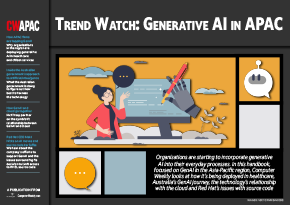
This chapter examines the impact of GenAI on organizational design and explores the challenges of integrating this technology into existing organizational structures. The Generative AI Handbook – How GenAI is Impacting Business and Innovation create by Md Jewel Hossain (Developerjewelbd)
Redefining Authority and Expertise
GenAI can disrupt traditional hierarchies of authority and expertise by:
- Democratizing Access to Information: GenAI can provide individuals with access to vastamounts of information and expertise, reducing the reliance on traditional experts.
- Empowering Non-Experts: GenAI tools can empower individuals with limited expertise to make informed decisions and contribute to innovation processes.
Coordination and Modularization of Tasks
GenAI enables organizations to reconfigure tasks and processes by:
- Automating Routine Tasks: GenAI can automate repetitive and mundane tasks, allowing employees to focus on more strategic and creative work.
- Modularizing Workflows: GenAI can break down complex tasks into smaller, modular components that can be easily managed and optimized.
Impact on Organizational Boundaries
The use of GenAI can blur traditional organizational boundaries by:
- Facilitating Cross-Functional Collaboration: GenAI tools can connect individuals from different departments or even external partners to collaborate on projects seamlessly.
- Enabling Agile and Adaptive Structures: GenAI can support agile organizational structures that can quickly adapt to changing market conditions and opportunities.
Governance and Ethical Considerations
Organizations need to consider governance mechanisms and ethical guidelines when integrating GenAI:
- Establishing Clear Policies: Organizations should develop clear policies and guidelines for the ethical use of GenAI within their operations.
- Ensuring Accountability: It's crucial to establish mechanisms for accountability and transparency in decision-making processes involving GenAI.
Conclusion

In conclusion, GenAI is revolutionizing the way businesses innovate and create value. From product development to organizational design, GenAI offers a wide range of capabilities that can drive efficiency, creativity, and competitiveness. However, as with any powerful technology, ethical considerations must be at the forefront of its implementation.
By understanding the theoretical frameworks, practical implications, and real-world examples of GenAI-enabled innovation, organizations can harness the full potential of this technology while ensuring responsible and ethical use. As GenAI continues to evolve and shape the future of business and innovation, it is essential for organizations to adapt and embrace this transformative force to stay ahead in today's rapidly changing landscape.
Relative Queries
